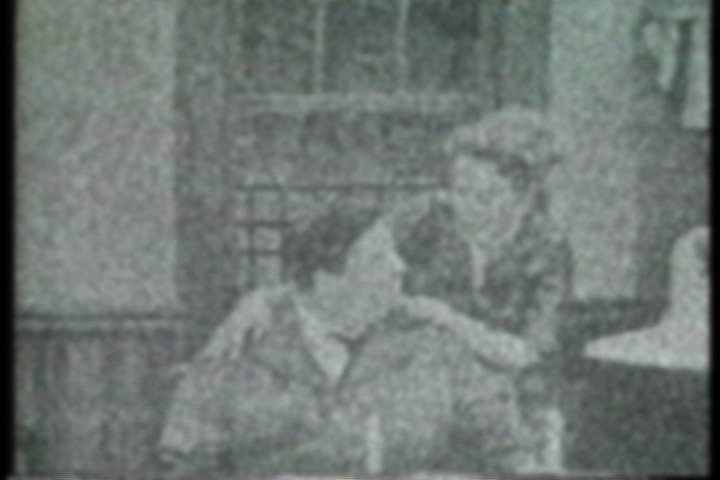
The Emergence of Democratic Memory
When something enters into us and becomes incorporated as a memory, there must be some changes within the brain, but no one knows what they are. Dr. Wilder Penfield spent many years at his Montreal Neurological Institute poking around people's brains in an attempt to discover some of these changes. First on the agenda was a generalized mapping of the brain: identifying the anatomical landmarks and assigning some neurological function to each of them. It seemed great chunks of brain matter were reserved for memory. He would plunge a micro-electrode into this memory area and stimulate a single neuron at random. This would sometimes trigger a memory which the patient, lying awake and alert on the slab, would recount. They would say: I am a child surprised that the puddle I have jumped in is so deep, the water has overflowed into my rubber boots, or: I am taking a mathematics test and the chair is very uncomfortable. Dr. Penfield was surprised that such a large number of neurons in the memory section seemed to be empty; he stimulated them and nothing came out. This seemed to mean that modern man was not living up to his potential as the thinking creature. He wanted the brain to be more full. He was also dissatisfied with the patients' verbal re-tellings of their memories. He wanted something more objective. He wished the memories could be extracted and examined as they were experienced. He dreamed that someday an apparatus could be hooked to his micro-electrode which would play the memories on a little scientific television. It is 1956 and a certain song by Bing Crosby (I forget which one) is a big hit. The doctor finds that the song is prominent in many people's minds. Stimulate one neuron and they remember the first verse, another reproduces the chorus, and a bit further down lie the neurons that trigger the second and subsequent verses. He finds it very interesting that the memory of this song was stored in the same precise location in each brain he checked. Finally the exact architecture of the brain was beginning to reveal itself! And this architecture was not random, it stored things in a precise way. Whenever Dr. Penfield hears the song on the radio he can rest assured he is experiencing the same sensations his patients do when he stimulates their Bing neurons. Now it is 1964 and the doctor is operating on an eleven year old boy. The boy is young enough that he has spent large portions of his life watching television. Penfield is happy and amazed that his head is not as empty as his progenitors. Wherever he places the electrode a twenty or twenty-four second segment of a television broadcast is stimulated into active memory. This marked the discovery of the emergence of a new type of human being, one that used his memory to full capacity. This is why we remember the name "Wilder Penfield" even today, after all his discoveries have been disproved. |